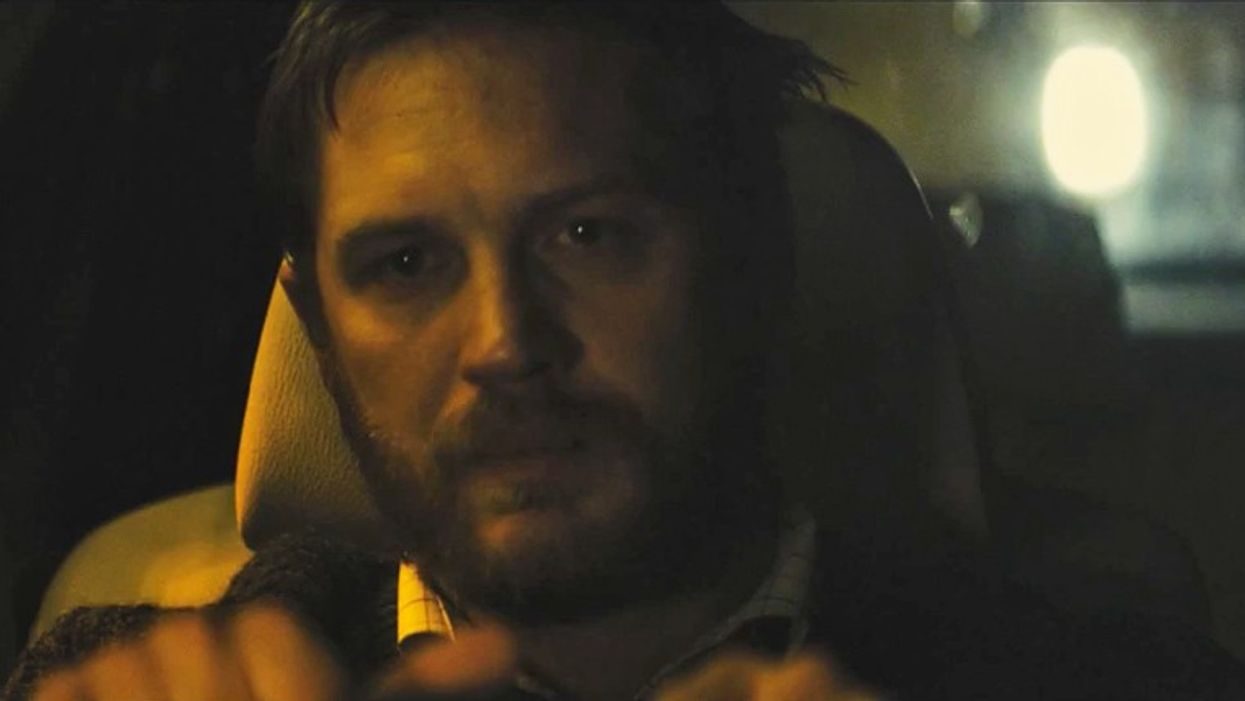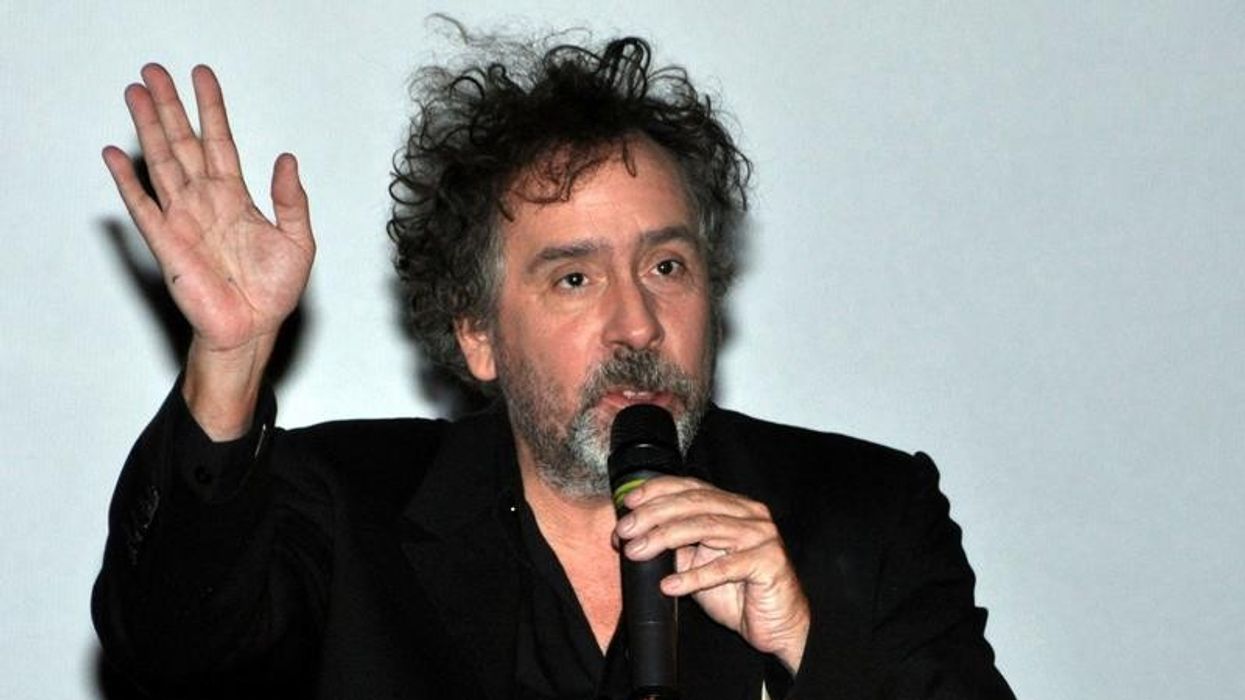Directing the One-Man Show: Advice from 'Locke' & 'Buried' Filmmakers

I was in 8th grade when Cast Away came out, and I remember thinking, "How can you make a movie with only one character?" "One-man" shows can be supremely engrossing pieces of cinema, full of rich explorations into the human condition, as well as debilitating human struggle. However, from a filmmaking standpoint, there are plenty of pitfalls that a director must navigate and maneuver around in order to avoid a flat, undecipherable, and ultimately uninteresting film. Directors Steven Knight (Locke) and Rodrigo Cortés (Buried) offer some insight into how they approached their one-man films, as well as some excellent advice on how you can approach yours.
This past year, one-man show All is Lost made it up on the big screen, receiving a few nominations (and a win) at the Oscars and Golden Globes, but there must've been something in the cinematic water in 2010, because we saw an incredible amount of one-man shows hit the theaters: Wrecked, Buried, and the critically acclaimed 127 Hours. Even in the 80s we saw the releases of what some consider the 2 best one-man shows, Swimming to Cambodia, featuring Spalding Gray as himself, directed by Jonathan Demme, and Philip Baker Hall as Nixon in Robert Altman's Secret Honor.
So, if you're interested in making a film that only features a single character, you definitely have an assortment of films you can study. But, if you want a few tips on production, Knight and Cortés offer some great advice as they talk about their films Locke and Buried in Filmmaker Magazine. Check out the trailers for each director's film, and continue on to check out their tips.
Stay true to the concept
There's no doubt that making a film with a single character is a risky move, and any time you take a risk in storytelling, the desire to make your narrative a little more safe is going to creep up. However, Knight says to stay true to your concept. There's a reason why you wanted to fix your lens on just one character -- remind yourself of it, and follow your own rules throughout your production. Knight says:
There are rules. If you establish the rules early on, people just go with it. I think if you break the spell by doing anything else, then you are in trouble. Once [Locke] was in the car, I sort of insisted that we resist cutting to anything else other than the road.
Make the camera interesting
Perhaps the biggest fear a filmmaker could have in making a one-man film, or any film for that matter, is making it boring. The odds are against you if your project's cast consists of a single actor, because you may not have the luxury of cutting away to other actions, including much dialog, or even just introducing new and exciting characters (and elements) into the narrative. One way to combat this is to make sure your film has outstanding cinematography, something that Knight's Locke is being heralded for, and something that Cortés had to get creative with, since his film not only had a single character (Ryan Reynolds), but it took place in a buried coffin.
We worked out that we needed seven different coffins, and we designed and built them with different technical needs. So, to do this circle we designed one with collapsible walls that we could take out. If I felt that the right way to film something is the crane shot, which is impossible inside to shoot in the box. I didn’t renounce it, I found another way to do that.
Check out this behind the scenes featurette below of Buried for more about the construction of the "coffin set".
Create empathy with the character as soon as possible
Great cinematography, like with any film, can only take your film so far, because if your story is lacking life, cinematography won't be able to resuscitate it. One of the most important story elements (in my personal opinion, it's the most important element) that if done well, especially in a one-man show, can ensure a happy, interested, and invested audience is character development. Creating dimensional, relatable characters is imperative, because they're the elements to which your audience will invariably be drawn. And one way you do that is by giving your audience a reason to empathize with them. Knight describes creating a character with problems that almost everyone could relate to:
I thought that what we needed to do is get people absorbed in the story as soon as possible because they have nowhere else to go -- we are not offering them anything other than the story and the performance. I wanted it to be a very ordinary tragedy, a tragedy of everyday live that people experience -- It’s just about one man who made a mistake and this is what happened.
Cortés explains how he creates empathy for his Buried character Paul Conroy by putting the audience in his shoes immediately.
I thought that the best way of starting was having these minutes of pitch black, just him feeling around to see what is happening, and when you see the first spark and then another one and then the lighter, it shows you for the very first time that you are inside a box and you are trapped, the same way that Paul Conroy is. That was the way of making the audience feel and experience everything that the character does.
Are you currently working on a one-man show? Do you have any insight into how to approach making a film with a signal character -- issues that you didn't expect to arise? Let us know in the comments below.













